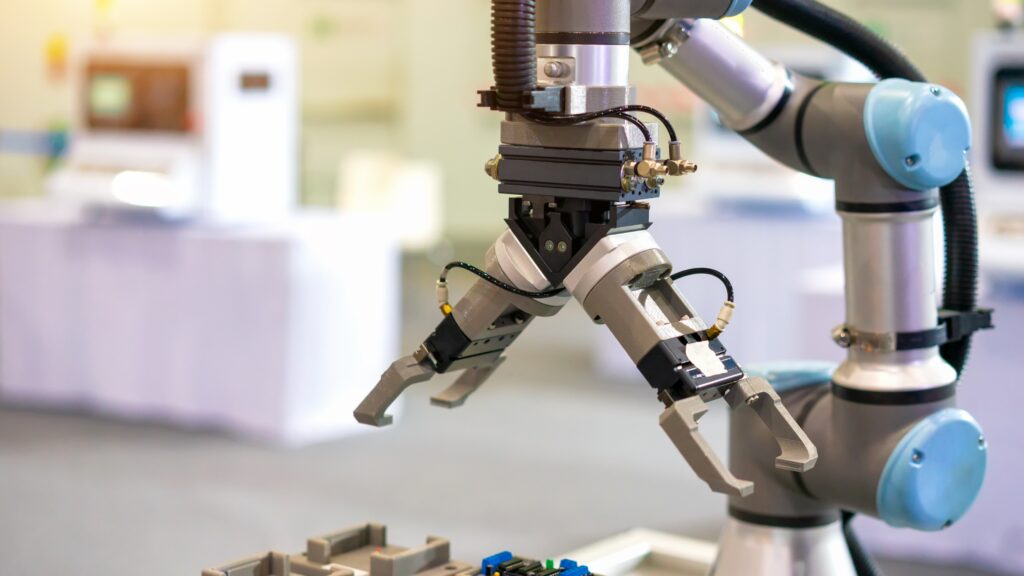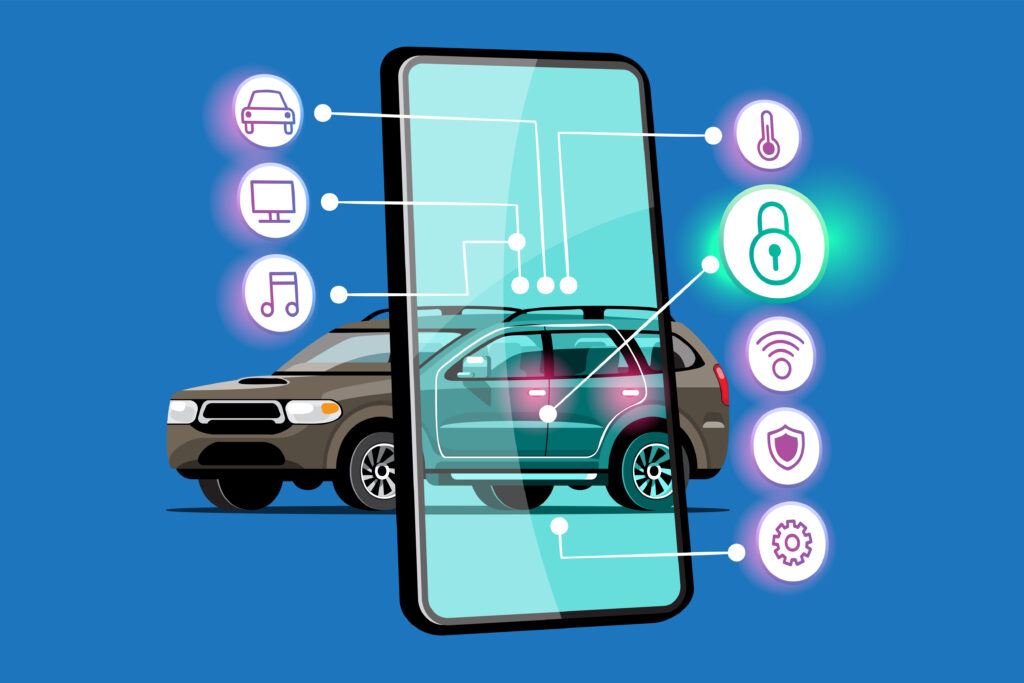Amazed by the existence of robotics in our daily lives, we all witness the growth of Artificial Intelligence and increasingly affordable robotics now. However, it’s time for robots and humans to collaborate. With the constantly evolving algorithms of artificial intelligence, technology adapts human requirements and behavior to help them in the best possible way. Cobots are hand-crafted to work with humans in a smart and secure manner, soon becoming an integral part of Industry 4.0.
The collaborative robots attracted a lot of attention due to their ability to interact together with human beings securely. The increased demand for efficiency and productivity in the industries like logistics, healthcare, science and education forms the reason behind its growth. Continue reading to find out more!
Understanding Cobots
Cobots are robotic devices that work safely in the vicinity of humans. Cobots are outfitted with sensors that allow them to follow their surroundings. Additionally, they have a safety mode activated if the cobot’s movement gets disrupted. A way different from conventional industrial robots, collaborative robots are hand-crafted to work efficiently and securely with human workers. This lets them have more flexibility and apprehension in the work environment.
Cobots Features
Collaborative robots can be a good choice for businesses that wish to focus on safety and reduce the deployment costs when scaling their operations. Additionally, they should facilitate human-robot collaboration by having humans control robots and manage the processes. The cobots features include:
Safety:
Cobots minimize injuries that humans can possess while performing heavy manual tasks. Cobots have built-in sensors to prevent collisions, to ensure compliance, and limit the force when there is an accidental human contact.
Flexible automation:
Businesses have the ability to allocate collaborative robots for various processes, without altering the layout of production. The conduct line changing ability lets the production facility be agile, ultimately reducing the automation costs.
Low-cost deployment:
Equipped with security features, which means that you don’t have to connect the safety features of industrial equipment prior to deployment. You can simply start using collaborative robots much quicker than industrial ones.
Cost-effective:
Cobots do not require a large initial investment, which makes them less expensive than industrial counterparts. Furthermore, the number of tasks each robot automates can yield a bottom-line return within a couple of months.
Mobility:
You are able to easily move cobots in the event of a shortage of workers. You can also place them on mobile workbenches to assist in working in locations that are difficult to access.
Cobots And Humans Collaboration: An Overview
Collaboration between cobots and humans provides endless advantages to the business, making it a great asset. One of the benefits that cobots have is the capacity to boost efficiency. They are able to work round all hours, with no breaks, which can increase the speed and precision of work. They are also able to complete tasks with consistency that reduces rework and errors.
Further beneficial aspects of introducing cobots to your business revolves around their capacity to collaborate with human surroundings. Cobots are able to take on difficult, dangerous and repetitive work, allowing human workers to carry out more creative and complex tasks. While doing this, cobots can reduce the chance of injuries and accidents that result from repetitive strain injury, lifting heavy or exposure to dangerous materials. This could improve the work environment and employee satisfaction, thereby increasing retention rates.
While providing greater flexibility to your business processes, they can modify and reconfigure to carry out different tasks, which allows companies to be flexible to changes in market requirements. They can easily engage into workflows, reducing the need for massive redesign or retooling. This way businesses can be more agile and be more responsive to market trends.
Which Industries Are Employing Collaborative Robots?
Check out below:
Logistics
In the logistic industry, cobots sort and put items in their proper places in packages, place items on pallets, and sort items. Cobots, with their sensors, are able to navigate warehouses, moving and retrieving products according to the need.
Healthcare
Cobots are able to perform the variety of tasks within hospitals as well as other health facilities. They can be adapted to carry medical supplies throughout hospitals while staying clear of people and objects and allowing nurses to concentrate on other demands. Additionally, cobots are able to aid in surgeries, showing the highest degree of precision and precision.
Automotive
Automotive companies can automate a number of their processes by introducing cobots to their work environments. Cobots can be used to build car parts as well as assist with coating and painting them. They are particularly useful to weld because they weld accurately and unlike humans, they’re not vulnerable to burning. When manufacturing is taking place cobots are also able to look over parts to find defects to avoid the need for costly repairs and recalls later.
Science and Education
Research and scientific communities utilize cobots to teach students in technical and vocational programmes. Cobots can also aid lab technicians conduct experiments without possibility of human contamination.
Food and Drinks
Food and beverage companies use cobots to perform repetitive tasks in difficult conditions like refrigerated rooms or greenhouses. Cobots can also assist you with the packaging process and machine maintenance.
The greatest benefit is that cobots complement human workers, working around 24/7 during the seasonal periods of. In addition to helping you meet growing production demands, they allow you to create new products.
Conclusion
The most distinctive feature that makes collaborative robots stand out is their capability to interact with humans. Combining them, businesses can benefit from the strengths of each. Their efficiency in this way is superior to what they could achieve, while optimizing the potential of your production. The increased efficiency results in increased profits and a higher return on investment.
Also, the future of work with cobots will be a synergistic interaction between humans and technological accuracy. If we can find the appropriate balance and take ethics into consideration, we could design a future of work where both cobots and humans realize the fullest potential.



